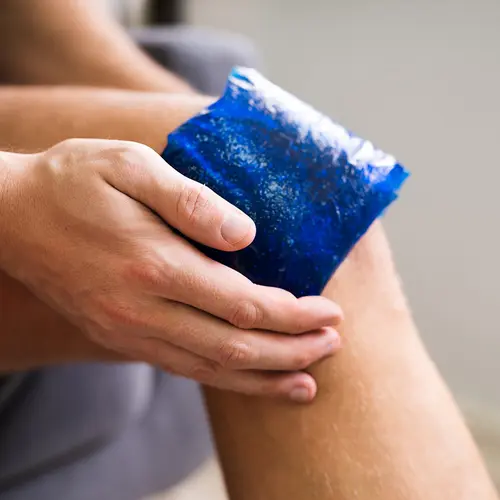Psoriatic arthritis (PsA) can lead to structural changes in your body. It’s a type of arthritis that happens when you have the skin disease psoriasis.
It might cause your bones to erode or break down. It may also cause loss of cartilage, creation of new bone, and changes to the form of your joints.
Your doctor may be able to treat you with meds. But in some cases, your joints will need surgery to work properly again.
Joint replacement surgery can help improve your quality of life. You may need it if joint damage from your PsA has damaged your cartilage, bones, synovium (the connective tissue inside of a joint), and ligaments (the tissue that connects bones, cartilage, and joints).
There are different types of surgery that might help you.
Which Joint Replacement Surgeries Help PsA?
Your doctor will work with dermatologists, rheumatologists, and orthopedic surgeons to decide on the best surgery option for you. But typically, your care team will focus on joints causing you the most pain or impacting your ability to move.
Joint replacement surgery options for PsA include:
Synovectomy. You might get this surgery if you have synovitis. That’s a condition that happens when the connective tissue inside your joint becomes swollen. This procedure will remove the inflamed synovium in your joint. Your doctor may do this surgically, chemically, with radiation, or arthroscopically (this involves the use of a small camera to look inside your body).
Osteotomy. Your doctor may recommend this if you have joint malalignment. That’s when your joint isn’t in the right place and doesn't work like it’s supposed to. In this procedure, your doctor will cut your bone to reshape or realign your bones. They may also add bone tissue. This will help you regain a level of joint function close to what you had before your joint became affected.
Debridement. This removes dead or damaged bone tissue. Your doctor will cut away your damaged tissue. Then they’ll wash the area to take out any loose leftover tissue. They might replace the bone with another small piece of bone from another part of your body or from donated bone tissue.
Tissue reconstruction. If you have issues with your ligaments, meniscus (a tough piece of cartilage in your knee), labrum (cartilage that lines some joints), or other types of cartilage, this procedure can help. Your doctor can help you regain joint function through this surgery.
Arthrodesis. In this procedure, your doctor will fuse two or more bones in your joint. They’ll take out your damaged cartilage and cut off the bone ends. Then they’ll fuse the two bone ends into one bone. While this may not allow for movement in that joint, it’ll keep your joint stable and help stop your pain. This is usually done in end-stage conditions.
Arthroplasty. This might also be a good option for painful end-stage conditions. It can help you gain function in your joint again. Your doctor will resurface your bones or use an artificial bone, or a prosthesis, to do this.
You might get joint replacement in various parts of your body. These may include your:
- Hips
- Knees
- Feet
- Ankles
- Spine
- Wrists
- Fingers
Complications With Psoriatic Arthritis Joint Replacements
Joint replacement surgery is usually a safe process. But just like with any procedure, there are risks. With psoriatic arthritis, you may be at a higher risk for complications from this surgery than someone without the disease. That’s because:
- You may have lowered immunity from the drugs you take for PsA.
- The quality of your bones may not be as strong as someone without PsA.
- Issues within your joints might lead to poor outcomes from surgery.
Also, any injury or stress from your joint replacement surgery might cause your PsA to flare. This is something to keep in mind when you prepare for a procedure.
It’s also important for your medical team to take steps to avoid infection. Many infections, like sepsis, can be prevented if your doctor properly cleans and prepares your skin before surgery.
Other possible issues include:
- Blood clotting
- Problems with the prosthesis (for example, it could break down, move locations, or loosen)
- Nerve injury, which is rare
What’s Next?
After your surgery, your doctor will prescribe meds to help with your pain. You might stay in the hospital overnight so they can monitor you.
Once you leave the hospital, your doctor may give you supportive splints or crutches. You’ll likely have a follow-up appointment with them 10-14 days after your surgery. This will let them know how well your body responded to the procedure.
Once your body heals, your medical team might recommend physical therapy to regain your strength, range of motion, and flexibility.
If you get a prosthetic joint, it’ll likely last for years.
But over time, it might wear down. This could cause it to become unstable. Your doctor will check you regularly to look for any wear or other problems. If they notice issues, they’ll fix or replace your prosthetic joints.

